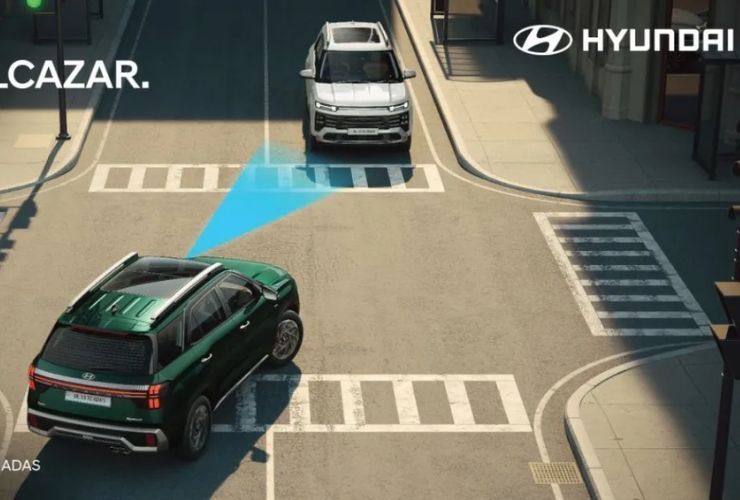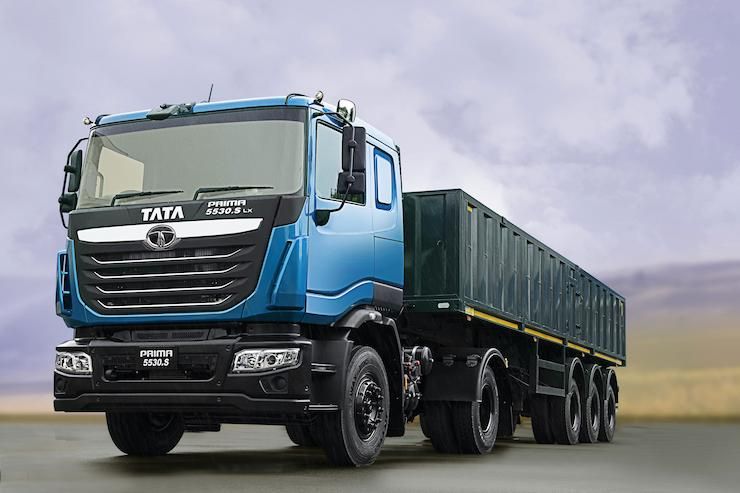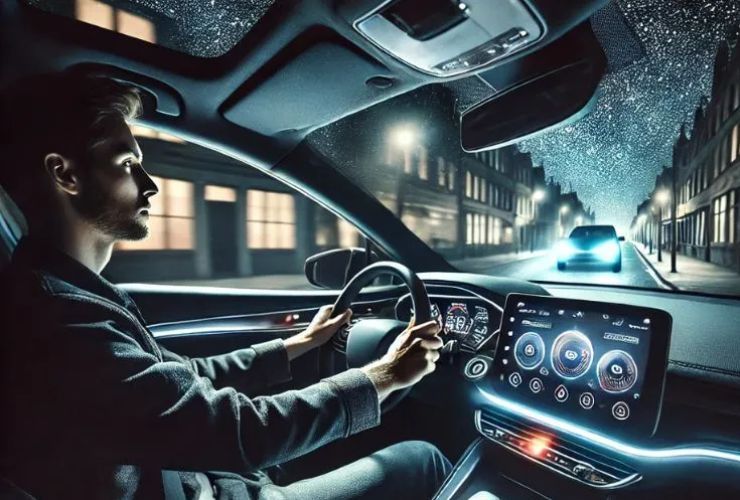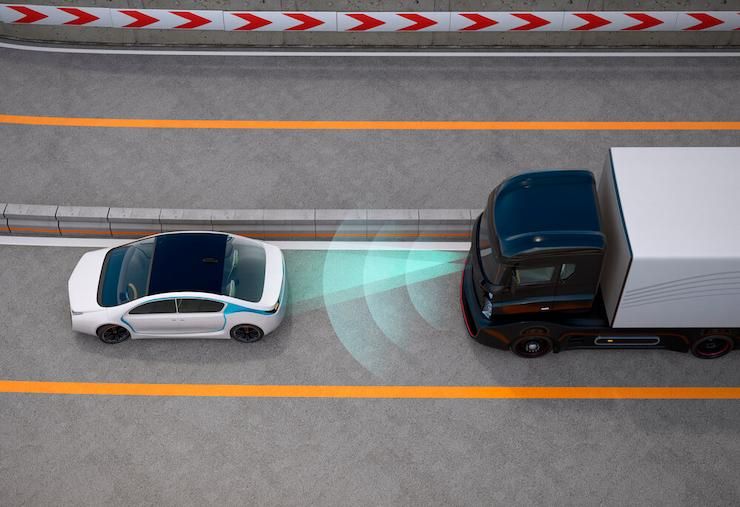Mandatory Emergency Braking For Trucks And Buses To Drastically Reduce Crashes In India


The Indian government is determined to reduce the number of deaths caused by road accidents and has lately been amending laws and policies accordingly. In the last few years, we saw safety technologies and equipment like airbags, ABS, and seatbelt reminders being made mandatory in passenger vehicles, forcing manufacturers to up their safety game. A draft notification issued by the Ministry of Road Transport last week proposes to mandate advanced safety technologies like emergency braking, driver drowsiness detection, and lane departure warning on all passenger vehicles that can carry eight people or more.

The new laws will come into effect in April 2026. It will require all passenger vehicle models which are capable of carrying eight people or more, to be equipped with tech like an Advanced Emergency Braking system (AEBS), Driver Drowsiness and Attention Warning Systems (DDAWS), and Lane Departure Warning Systems (LDWS).
Even buses (both mini and regular buses) and trucks will have to adhere to these norms. For vehicle models that are already on sale, the amendment will apply to the units manufactured from October 2026 onwards. These will have to be equipped with vehicle stability function as well.
The ministry has also proposed comprehensive changes to the Central Motor Vehicles Rules (CMVR) that would make it mandatory to have modern safety features and Advanced Driver Assistance Systems (ADAS) on motor vehicles. This move is expected to bring down accident counts by promptly alerting drivers and automatically applying brakes in case of a potential crash/ emergency, should there be a delay in response from the driver.

The Central MV Rule amendment will also make it mandatory to install an onboard blind spot information system in buses and trucks. This will be of great use in warning the driver against pedestrians and vehicles in close proximity, and in his blind spots.
Most modern trucks and buses come equipped with several mirrors, to provide better proximity awareness to the driver. However, accidents involving pedestrians and cyclists continue to occur, pointing at the sheer inefficiency of this system. Onboard Blind Spot Detection systems will be significantly more efficient and accurate than these.

Many modern cars come equipped with ADAS suites. It was once a technology that was limited to expensive cars alone. However, recent years have democratised it and Advanced Driver Assistance Systems are now marking a presence even in cars that sit at the lower end of the price spectrum. All the three functions mentioned in the draft notification- AEBS, LDWS, and DDAWS- are included in the ADAS packages by most manufacturers ( and with different names).
Let's now discuss what each of these features does. The Advanced Emergency Braking system (AEBS) is essentially an automatic emergency braking system that detects obstacles that could cause collisions and applies the brakes for you if needed.
AEBS will first warn the driver of a potential collision and wait for a few microseconds. If the driver fails to react promptly, it will automatically activate the brakes to slow down or stop the vehicle completely, based on the mitigated severity of the situation.

The LDWS is also a common feature in many cars equipped with Level 1 ADAS. It warns the driver by issuing visual, auditory, or haptic alerts whenever the vehicle unintentionally drifts out of its lane. This can be effective in curbing accidents caused by distraction or fatigue.
The DDAWS used advanced technology and algorithms to keep a close watch on driver alertness and mitigate drowsiness. It does this by analyzing steering movements, lane position, and facial tracking. Cameras that sit inside the driver's cabin will be used for face tracking.
If it detects drowsiness, prompt warnings (mostly audio) will be issued, asking the driver to take a break or to be more attentive. This system can address the risk of delayed reaction times to a great extent.
These amendments are to be welcomed and it feels good to see the government shift its focus to minimizing accidents involving commercial vehicles.
Via Times of India